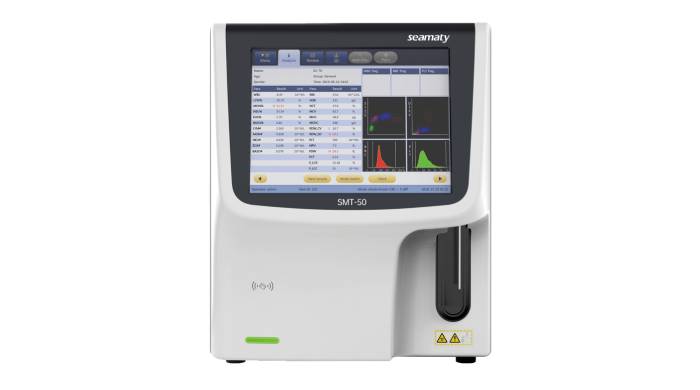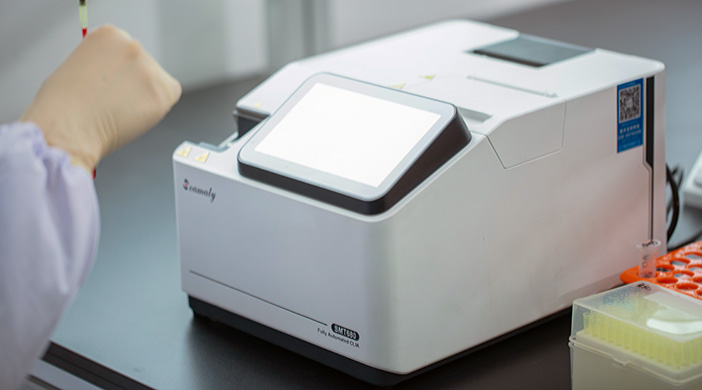release time:2021-11-04 16:41:40
Current technology is capable of coupling microfluidic chips with mass spectrometry. It can integrate multiple units such as cell culture, metabolite generation, sample pretreatment and detection. This allows for the study of drug metabolism. The integrated microfluidic chip also allows simultaneous high-throughput cytotoxicity screening and online monitoring of metabolites by ESI-Q-TOF mass spectrometry. It is believed that in the future, further integration can greatly accelerate the progress of drug development for the benefit of patients.
Seamaty biochemical diagnostic reagent tray is a highly integrated sample handling system based on microfluidic technology. This reagent is used with the companion Seamaty biochemistry analyzer. The reagent tray contains components with integrated optical and mechanical functions that cooperate with the instrument to participate in every stage of blood analysis. This enables a series of operations such as blood sampling, separation, dilution, reaction and detection to be performed within a small reagent tray.

2022-09-23
Hematology analyzer is one of the most widely used instruments for clinical testing in hospitals. Automated hematology analyzers are often used in doctor's office laboratories, small independent laboratories and clinics to perform CBC tests

2022-08-19
Analyzers that measure biochemistry are a subset of clinical chemistry analyzers, are types of medical devices used in medical labs to find out how much of a given drug, protein, electrolyte, Analyzable analyzable or metabolite present in serum, plasma, urine, cerebrospinal fluid, or other body fluid samples.

2021-12-29
Veterinary biochemical testing is the testing of multiple chemical components within a sample. The levels of these chemicals reflect many conditions in various organs of the body. Most veterinary biochemical tests measure blood electrolytes and assist in the diagnosis of liver, kidney and pancreatic disease.